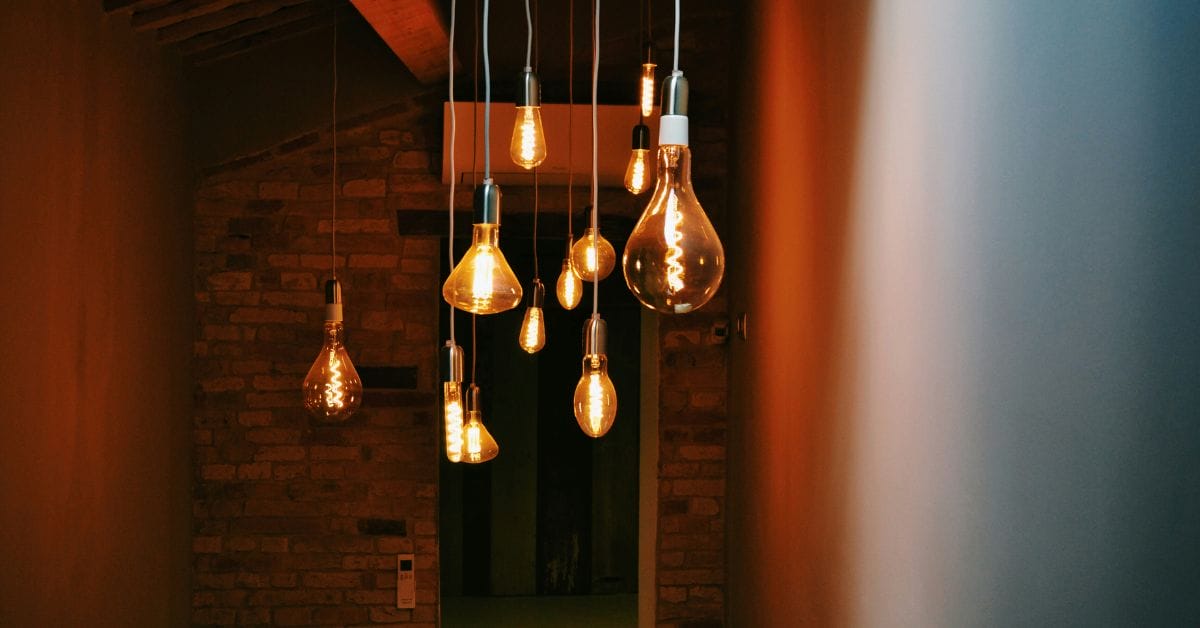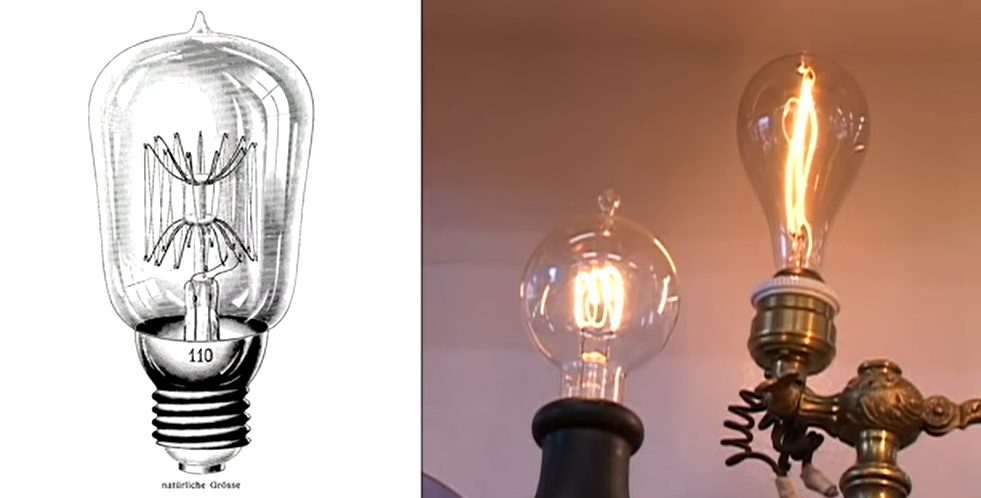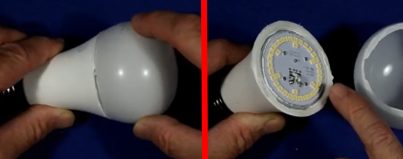How Many Lights Can Be on a 15 Amp Circuit (Guide)

Ever found yourself wondering how many lights you can safely add to a 15 amp circuit before you’re playing a risky game of electrical roulette? Well, I’ve got you covered!
On a 15-amp circuit, if you’re going for incandescent bulbs, you can light up your space with 24 bulbs, each at 60 watts. Now, for CFLs, you can ramp it up to 96 bulbs, each using just 15 watts. But if you’re all about LEDs, you can go big with 144 bulbs, each only pulling 10 watts.
I’ll break down the basics of electrical circuits and give you the lowdown on lighting up your space without flipping a breaker.
Understanding the 15 Amp Circuit and Its Capacity
Let’s dive into the heartbeat of your home’s electrical system: the 15-amp circuit. This is your starter pack for powering up those lights and appliances without hiccups.
First things first, let’s chat about the capacity. In the electrical world, we measure this in watts. Here’s the simple math – a 15 amp circuit typically runs on 120 volts in most homes.
So, to avoid party fouling, you’d want your total wattage to stay under 1,800 watts (that’s 15 amps times 120 volts, folks).
Remember the golden rule: your circuit should only be loaded to a maximum of 80% of its capacity for safety, which takes us down to 1,440 watts. Now, that’s your real-deal budget for lighting before you’re skating on thin ice.
Remember that these numbers aren’t just pure suggestions – they’re the key to keeping your circuit from overloading. So, with your eyes on that 1,440-watt prize, it gets easier to figure out just how many lumens you can fit into your space without flipping the breaker’s switch.
Different Types of Light Bulbs: Incandescent, CFL, and LED
When planning to light up your space, consider the types of light bulbs you use. Not all bulbs are born equal, and the type you choose can impact how many lights you can have on that trusty 15-amp circuit.
- Incandescent Bulbs: These are your old-school, classic bulbs. An incandescent bulb gives that warm glow that feels like home, but they’re not the most energy-efficient. They tend to use more watts for the same amount of light compared to newer types.

- CFL (Compact Fluorescent Lamps): CFLs are like the cool cousins of incandescent bulbs. They use less energy and have a longer lifecycle, making them kinder to your electric bill and the environment. However, they take a moment to warm up to their full brightness and contain a small amount of mercury.

- LED (Light Emitting Diodes): LEDs are energy efficiency superstars. Using the least amount of energy, lasting much longer than other bulbs, and available in various colors and brightness levels, they represent the future of lighting. LEDs also generate less heat, making them safer for prolonged use.

So, now that you know a bit about each type, remember that the wattage of your bulbs will directly affect how many lights you can add to your circuit without tripping the breaker.
Calculating the Number of Lights for a 15 Amp Circuit
Navigating the world of home lighting doesn’t have to leave you in the dark. Let’s break down how to calculate the right number of lights for your 15-amp circuit, ensuring you keep things bright and safe.
Understanding the Basics
First, here’s a quick refresher on Ohm’s Law, an essential principle in electrical calculations. It tells us that Amperes = Watts/Volts. In most U.S. homes, circuits run on 120 volts.
So, for a 15-amp circuit, the maximum wattage is:
15 amps x 120 volts = 1800 watts
But remember, it’s wise to use only up to 80% of a circuit’s capacity for safety.
This means your working maximum is 80% of 1800 watts = 1440 watts.
Calculating for Different Bulb Types
- LED Bulbs: Known for their energy efficiency, each LED bulb uses about 10 watts. The calculation would be:
1440 watts / 10 watts per LED = 144 LED bulbs.
- Incandescent Bulbs: These classics are less energy-efficient. Assuming each bulb uses about 60 watts, the number of bulbs you can use is:
1440 watts / 60 watts per incandescent bulb = 24 incandescent bulbs.
- CFL Bulbs: Compact Fluorescent Lamps strike a balance in efficiency. If a CFL bulb uses around 15 watts, you can calculate:
1440 watts / 15 watts per CFL = 96 CFL bulbs.
Incorporating these calculations will ensure you maintain a safe and well-lit environment, no matter your choice of lighting.
Factors Influencing Circuit Capacity
When planning your lighting, a few key factors influence how much you can load up that 15 amp circuit of yours.
- Type of Fixtures: Different fixtures draw different amounts of power. For example, recessed lighting might use more watts than a simple wall sconce. Checking the specifications of each fixture is essential to understand their wattage.
- Other Devices on the Circuit: The presence of gadgets, appliances, or other devices on the same circuit consumes part of your wattage budget for lights. It’s important to consider what else is sharing the circuit.
- Wire Size and Length: The gauge of the wire (thickness) and its length play a significant role. The thicker and shorter the wire, the better it can handle current with less resistance.
- Type of Breaker: Different breakers, like an arc-fault circuit interrupter (AFCI), can influence the circuit’s load capacity as they may trip more easily than standard breakers.
- Voltage Fluctuations: The standard household voltage can fluctuate, affecting the actual capacity of the circuit. Calculations are generally based on the standard voltage of 120 volts.
- Ambient Temperature: The surrounding temperature can affect the circuit capacity, especially in warm areas like attics, as wires tend to decrease in capacity when hot.
- Future-Proofing Design: Consider potential future additions to the circuit. Planning for extra capacity can be beneficial for accommodating additional lighting or devices later on.
It’s smart to leave some wiggle room for additional lighting or devices you might want to add. Trust me, you’ll thank yourself later for thinking ahead.
Troubleshooting Common Issues with Circuit Overload
When you’re knee-deep in electrical wiring and heaps of lights, the last thing you want is a circuit that constantly trips. Talk about throwing a wrench in your plans!
Circuit overload can be a real headache, but I have a toolbox of troubleshooting tips to help you sort out the issue.
| Troubleshooting Tips | Description |
|---|---|
| Identify the Culprits | Pinpoint which devices or lights are overloading the 15 amp circuit. Once identified, redistribute or remove some to balance the electrical load. |
| Check Your Outlets | Inspect outlets for age or damage, as these can cause overload trips. Use a multimeter to measure voltage and resistance for a more thorough check. |
| Separate Lights onto Different Circuits | Distribute the electrical load by assigning lights to different circuits, giving each light its own ‘space’ to reduce overload. |
| Call in a Professional | If troubleshooting is challenging or the issue is complex, seek assistance from a professional electrician. |
| Periodic Circuit Check-Ups | Regularly check the condition of your circuit, including wires and connections, to prevent unexpected overloads. |
I’ll tell you this: being prepared beats being stuck in the dark. Keep your circuits happy and your lights bright; that’s the name of the game.
Busting Myths in Home Electricals: The Real Deal on Circuits and Lighting
Over the years of sprucing homes and handling countless renovations, I’ve discovered my fair share of myths and misconceptions about electrical circuits and lighting installations.
So, let’s set the record straight and shed some light on these common misunderstandings.
Myth 1: More Lights Always Mean More Power Consumption
Here’s the deal – it’s not just about the number of lights, but what kind of bulbs you use. I remember working on a project where we swapped out old incandescent bulbs for LEDs and significantly reduced power consumption despite adding more lights. Remember, efficiency is key.
Myth 2: A Circuit Breaker Upgrade Increases Capacity
I’ve heard folks say, “Let’s just put in a bigger circuit breaker, and we can add more lights.” Well, it’s not that simple. The circuit breaker size should match your electrical system’s wiring and overall capacity. Upgrading a breaker without proper adjustments can be unsafe.
Myth 3: Dimmer Switches are Just for Ambiance
Dimmers do more than set the mood. They can help save energy. By dimming a light, you reduce its wattage and output, extending bulb life and reducing energy usage. It’s a win-win for both ambiance and efficiency.
Myth 4: DIY Electrical Work is a Cost Saver
While it’s great to be hands-on, electrical work is one area where professional expertise is crucial. I’ve seen DIY attempts go south, leading to more costs in the long run. Safety first – always consult a qualified electrician for major electrical work.
Myth 5: All Light Bulbs Have the Same Lifespan
This one’s a big misconception. Different bulbs have vastly different lifespans. LEDs, for instance, can last much longer than traditional bulbs. Choosing the right type can save you time and money on replacements.
So there you have it – a little clarity in the often murky waters of home electrical systems. Understanding these truths helps make informed decisions and ensures safety and efficiency in your lighting installations. Let’s keep those lights shining bright and right!
References
Organizations:
- American Lighting Association (ALA). https://alalighting.com/
- Institute of Electrical and Electronics Engineers (IEEE). https://www.ieee.org/
- National Electrical Manufacturers Association (NEMA). https://www.nema.org/
Books:
- “Wiring a House” by Rex Cauldwell. https://www.barnesandnoble.com/w/wiring-a-house-rex-cauldwell/1118175264
- “Electrical Wiring Residential” by Ray C. Mullin and Phil Simmons. https://www.barnesandnoble.com/w/electrical-wiring-residential-ray-c-mullin/1116778103
Website Resources:
- Energy Star. https://www.energystar.gov/
- The Spruce. https://www.thespruce.com/
- This Old House. https://www.thisoldhouse.com/
Video References:
ecologicaltime
EdisonTechCenter
Wayne Schmidt
